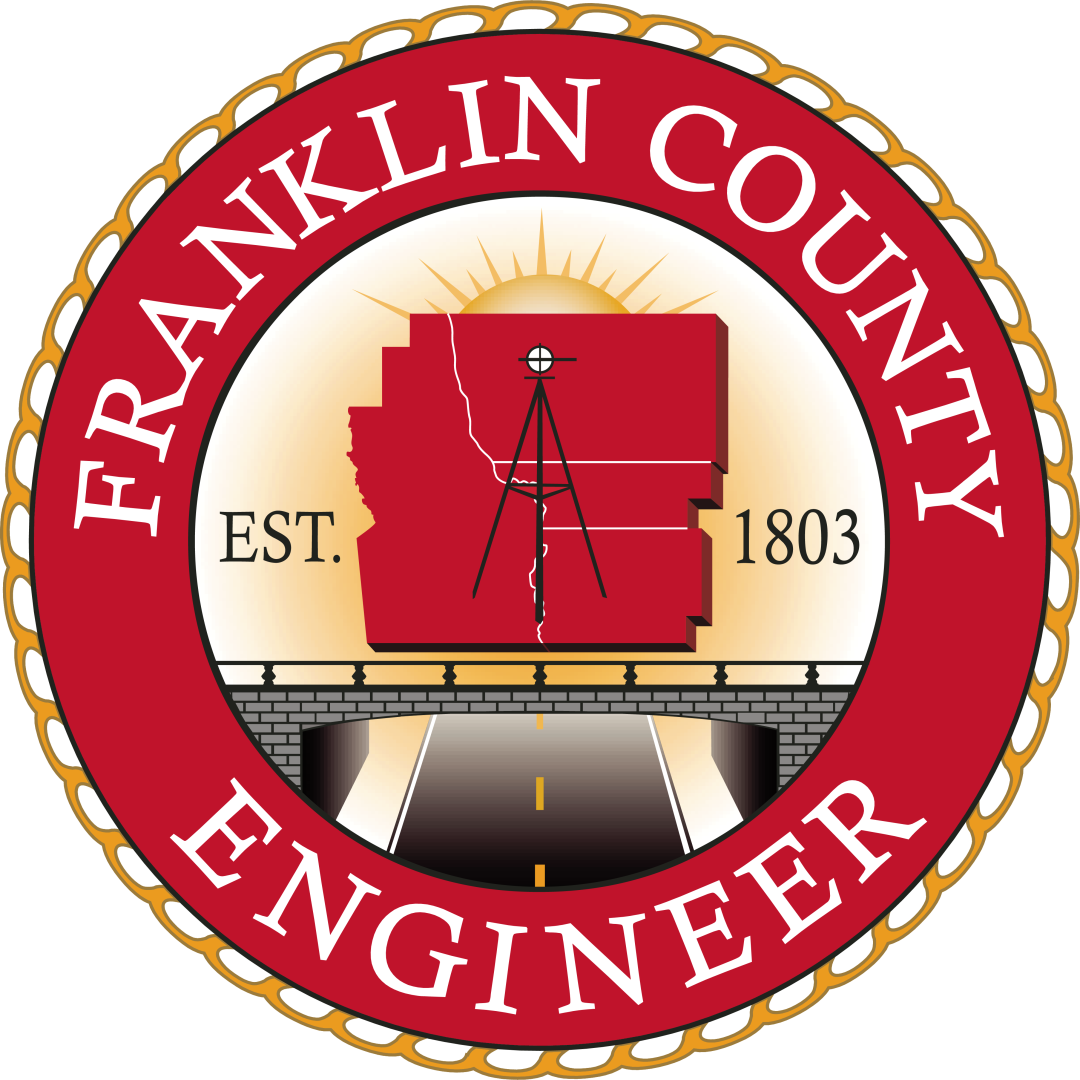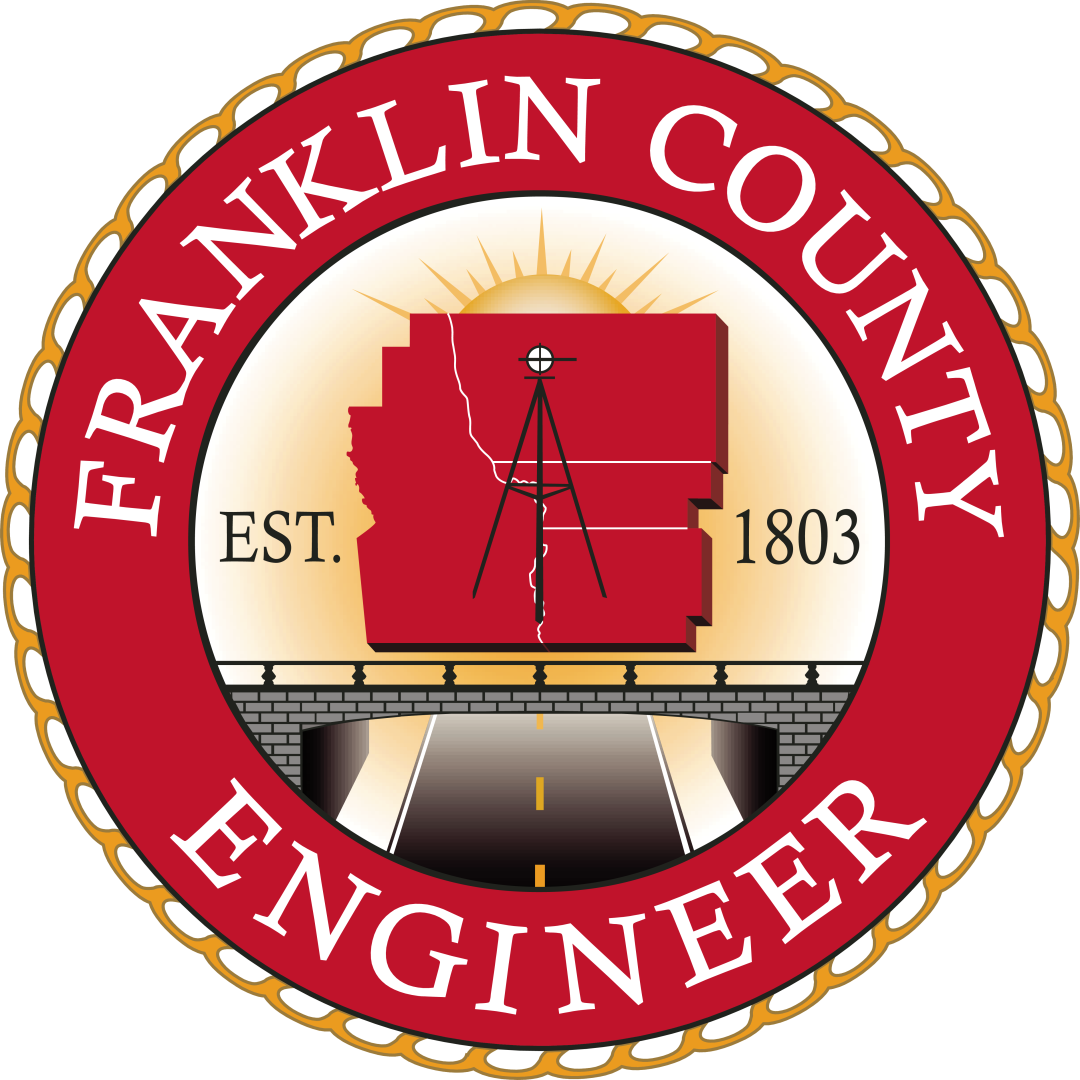Surveyor’s Journal Entry One
The First Survey Leads to War
“This place (between the Licking and Scioto Rivers) is fine rich level land with large meadows, clover bottoms, spacious plains covered with wild rye; the woods chiefly large walnuts and hickories here and there mixed with Poplar, Cherry, and Sugar Trees,” wrote Surveyor Christopher Gist on January 20, 1751 while leading the first European survey party to explore and journal rudimentary observations in Ohio.
Gist, the son of Surveyor Richard Gist who helped plat the City of Baltimore, Maryland, was working for the Ohio Company of Virginia when he entered Ohio from the area of modern-day Beaver County, Pennsylvania. His party journeyed west and then south to the future sites of Lisbon, Bolivar, Coshocton, Zanesville, Lancaster, and Circleville, before heading down the Scioto River to Chillicothe and Portsmouth. They then turned northwest towards Cincinnati and up the Great Miami River to the Miami Indian Village of Pickawillany, near Piqua, where a trading outpost had been established in 1749, before he turned south to Kentucky.
Under a grant from the British Crown, the Ohio Company of Virginia had planned to initially colonize 200,000 acres of land at the forks of the Ohio River (at Pittsburgh, Pennsylvania) and to explore west of the Appalachian Mountains so that trade could be established with Native Americans.
The British presence, however, was viewed as an incursion on the New France territory of “Upper Louisiana,” which included Ohio. The area had been most recently visited and marked, in 1749, by a French military expedition commanded by Pierre-Joseph Celeron de Bienville, who oversaw the burying of six lead plates and the posting of placards that declared the sovereignty of King Louis XV near the major tributaries of the Ohio River. The bountiful lands were desired for future settlement, agriculture, and the lucrative fur trade.
On June 21, 1752, French troops, accompanied by Ottawa and Chippewa warriors, attacked and destroyed the fortified Village of Pickawillany. This was the start of a long period of unrest in the disputed area.
Peace would not come to the Ohio country until after the fighting of the French and Indian War (1754-1763), Pontiac’s Rebellion (1763-1766), the American Revolution (1775-1783), the Ohio Indian Wars (1783-1813), and the War of 1812 (1812-15) when land claims were ultimately settled and pioneers began moving west.





